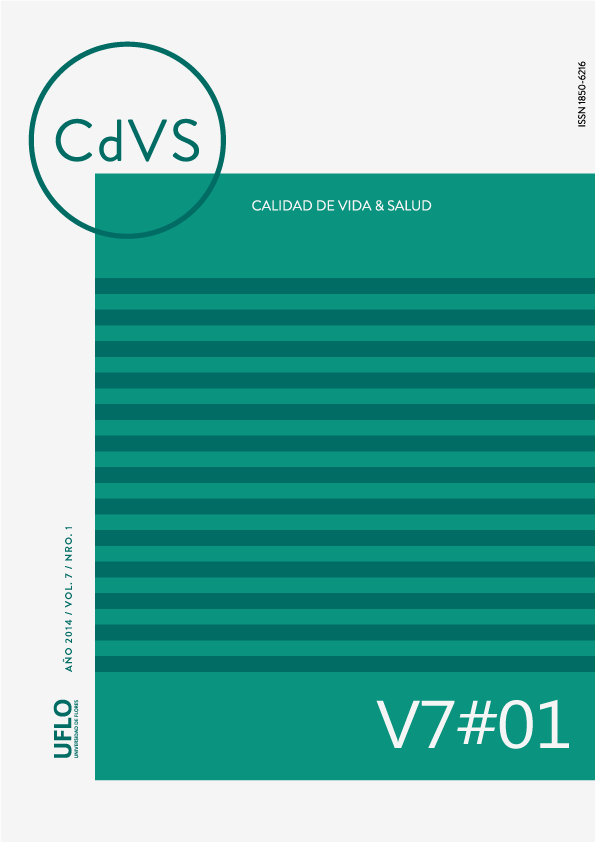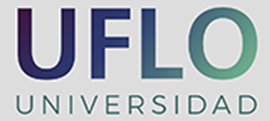Biopsicoeducación y Biopsicografía: Elementos diagnósticos y terapéuticos para el abordaje íntegro en psicoterapia PNIE
Abstract
El presente trabajo tiene como objetivo principal recoger aportes teóricos y prácticos del camino que viene realizando la psicoterapia integrativa en Latinoamérica. Luego de varios años de reduccionismo y dualismo cuerpo-mente, en las últimas décadas es notable el avance de la integración en psicoterapias. Dicha integración ha dado lugar, como principal aporte, a las transdisciplinas como la PNIE, la psicocardiología, la medicina integracionista, entre otras. Con fundamentos epistemológicos sólidos por un lado, y múltiples herramientas de diagnóstico y abordaje terapéutico por el otro, la psicología integrativa PNIE se presenta como un marco explicativo abarcador de la complejidad del ser humano, a la vez que posibilitador de los cambios necesarios en el proceso hacia la salud.
Entre la integración de aportes teóricos más relevantes que realiza la PNIE se encuentran los novedosos conceptos de la epigenética, la epistemología de la complejidad, los términos: consiliencia, mente holográfica, auto organización, alostásis y resiliencia, teoría del estrés. Entre los aportes prácticos se destacan: la tarea psicoeducativa del terapeuta, la biopsicografía y el abordaje multidimensional como
Published
How to Cite
Issue
Section
The authors who publish in this journal accept the following conditions:
1. The authors retain the copyright and assign to the journal the right to first publication, with the work registered under the Creative Commons Attribution license, which allows third parties to use what has been published as long as they mention the authorship of the work and the first publication in this journal.
2. Authors may make other independent and additional contractual agreements for non-exclusive distribution of the version of the article published in this journal (e.g., inclusion in an institutional repository or publication in a book) provided that they clearly indicate that the work was first published in this journal.
3. Authors are permitted and encouraged to publish their work on the Internet (e.g., on institutional or personal pages) before and during the review and publication process, as this may lead to productive exchanges and greater and faster dissemination of published work (see The Effect of Open Access).









